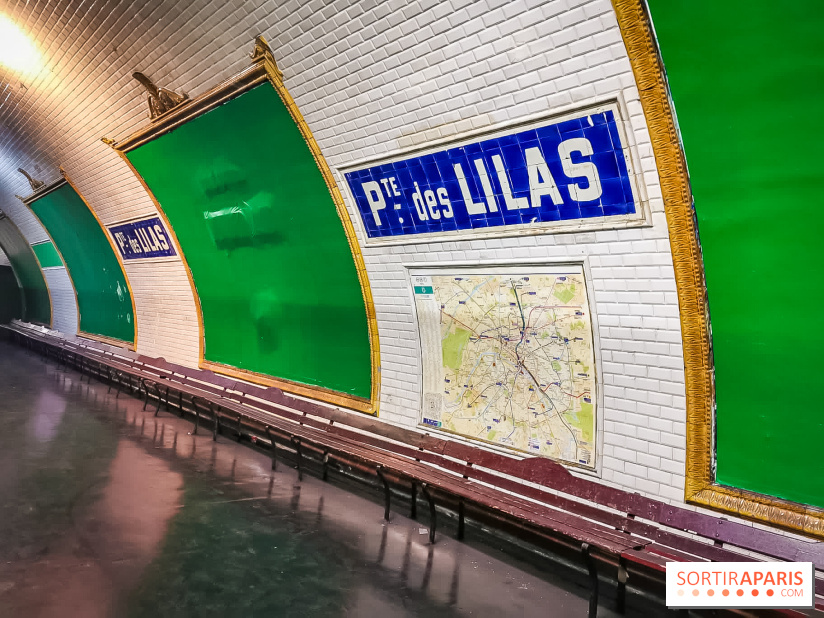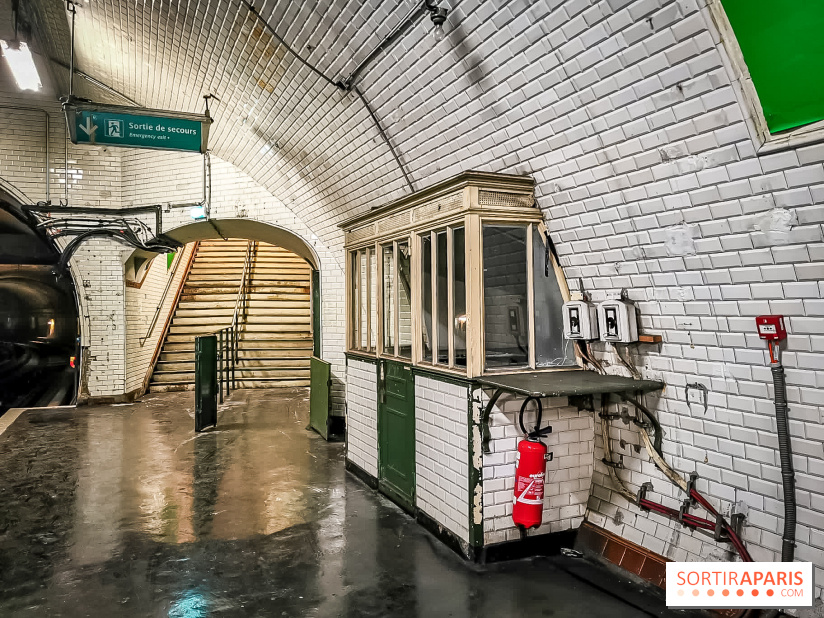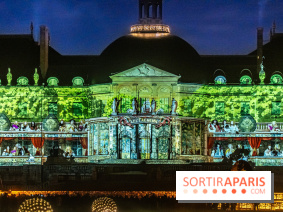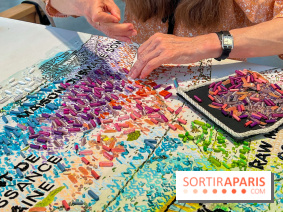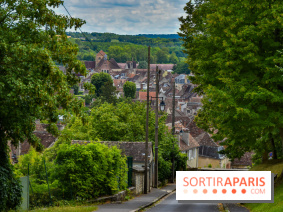Have you ever taken the metro to Porte des Lilas, in the 19th arrondissement of Paris? It's possible that, on your journey, you've found yourself just a few meters away from some of the world's greatest film stars, without realizing it... At the junction of lines 3 bis and 11 is a ghost metro station, used for film shoots. This cinema station is an open secret, a well-known place that ordinary travelers can't get to.
Opened in 1921, this underground station was soon abandoned, as the planned junction between line 7 and line 3 (which later became line 3bis) was never built. This station does not appear on any maps intended for metro passengers. And yet, it's constantly in use! Film shoots , music videos and commercials follow one another at the Station cinéma: almost every week, this Porte des Lilas station is booked for film shoots.
It's probably one of the most famous stations in cinema, even if it sometimes looks unrecognizable. However, the trained eyes of cinephiles and RATP-philes will come to recognize it: it's the setting for the film Le fabuleux destin d'Amélie Poulain, Alain Chabat's Santa & Cie, Les Femmes de l'ombre, Julie et Julia, Supercondriaque...
Inaccessible to the public, this station welcomes visitors often accustomed to the red carpet. As the need arises, and thanks to the magic of cinema and the work of set designers, Porte des Lilas transforms itself and takes on the name of any other station in the RATP network. " It's often used when a scene requires a lot of extras, or when we need to control the arrival and departure of the metro..." explains Karine Lehongre-Richard, head of filming at RATP.
In fact, this station has its own independent train, which can run for a kilometer without encumbering the conventional network. This train can be replaced by older RATP cars for filming purposes. The transport company retains its historic models and keeps them in working order.
Line 6, with its aerial sections offering a breathtaking view of the Eiffel Tower , is often used for filming, as is the small line 3 bis, which can loop around the network, filming the stations as they pass. Shooting can also be organized at night or during off-peak hours.
We can control everything, from lighting to sets and train movements. This gives us a great deal of freedom, " says Karine Lehongre-Richard.
Between shoots, the Cinema Station seems frozen in time. The advertising hoardings are empty, colored green. The platforms are empty, the benches and network maps displayed are years old, and even the noise and bustle of lines 11 and 3 bis are muffled.
This setting, so commonplace, so present in the daily lives of many Parisians, is also represented in the cinema. It has played host to the greatest actors and directors of the 7th art, and has become just as symbolic of Parisian life as croissants or apartments with a view of the Eiffel Tower (well, when you live in the world ofEmily in Paris).
This station with its incredible history is not open to the public. It is sometimes possible to visit it, when RATP decides to showcase it, during the Journées du Patrimoine (Heritage Days). At the next edition of these days, you may be able to walk in the footsteps of Jean-Paul Belmondo, Tom Cruise, Isabelle Adjani, Robert de Niro, Sophie Marceau...
So, what's your favourite film shot at Porte des Lilas?
